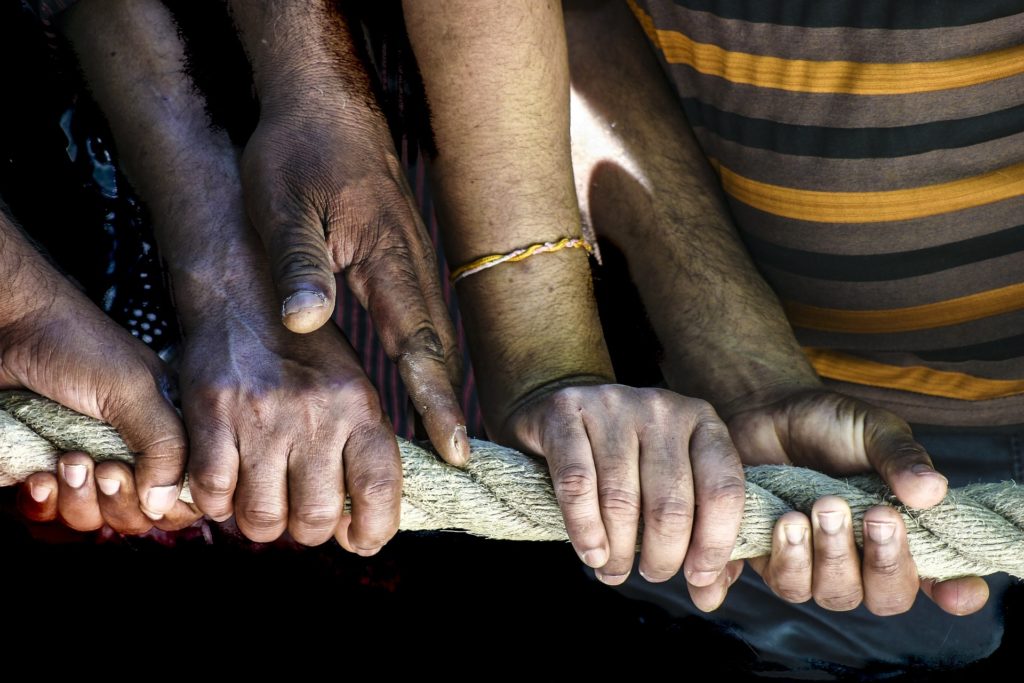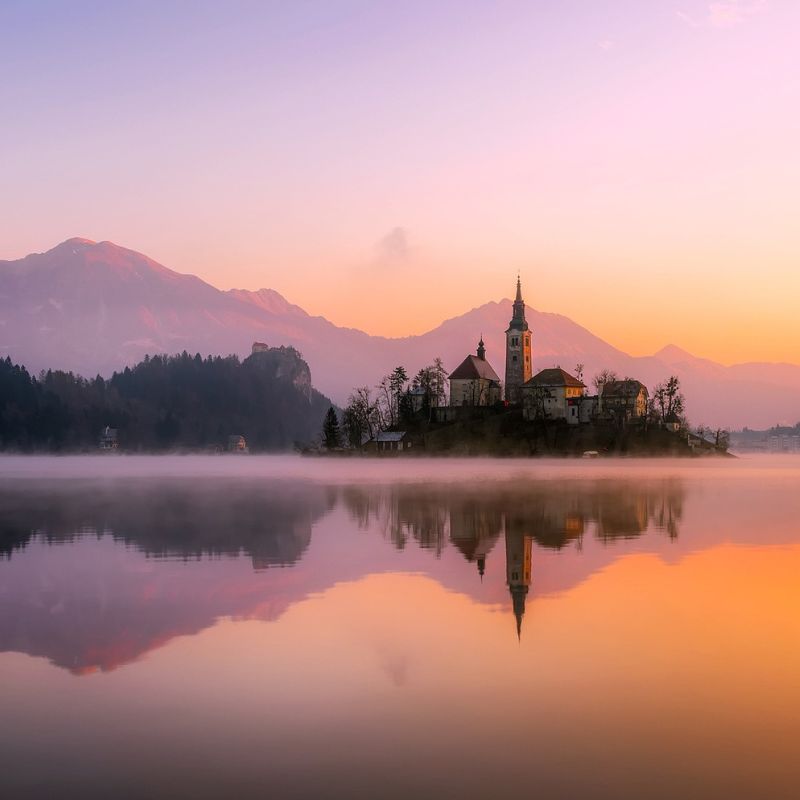How Much Alike Are We?
For most of my life, when I encountered someone, the first thing I noticed was how different they seemed from me.
By doing that, I instantly made them into an “other.” This focus on how they differed from me made it impossible for me to see the being that person and I shared.
We’re all part of one infinite being. it; we’re all localizations of that one consciousness. When we lose sight of that simple truth, we’re losing sight of both the divine nature of the person we have “other-ized” as well as our own divine nature.
When you’ve lost sight of the divine nature of yourself or anyone else, you’ve lost sight of who is in front of you. You can’t really see who you’re dealing with as they truly are.

I found a very simple practice that gives me back many times the energy I put into it.
When I’m out in the world going about my life, and I encounter someone, whether it’s in a conversation or just through eye contact, I let myself remember that person and that I have a shared being.
It doesn’t matter who the person is, it doesn’t matter what they look like, what they do, where they’re from, what they believe, where they’ve been in life, or where they’re going. I look to see and feel that shared being. And I find each time, if I’m willing to look for it, I can always see it, and better still, I can always feel it.
It’s lovely to feel the connection that always, already exists with anyone you happen to encounter.
Contrast that to seeing everyone you encounter as a threat, or as inferior, or superior, or as so different from you there can’t possibly be any commonality or connection.
Now think about groups of people who see other groups of people as threats to their existence. There’s no shortage of them; to name just a few, Hindus and Muslims, Arabs and Israelis, Protestants and Catholics in Northern Ireland, Hutus and Tutsis, Russians and Ukrainians, and closer to home, Republicans and Democrats. There is one striking detail all these conflicts have in common: outsiders are unable to distinguish one group from the other.
In other words, the two groups who see one another as fundamentally different are so much alike, they’re identical to people who are part of neither group.
That suggests that we tend to focus on the tiny differences between us at the expense of being able to see the overwhelming commonality of the being we all share.

The commonality we all share is a casualty of the world of appearances.
What appears to us as real feels so convincing, it doesn’t occur to us to look (and feel) beyond it, at what really is real.
This is a sign that we’ve forgotten who we really are. The world of appearances is exactly what it sounds like: an appearance that has nothing at all to do with who any of us really are.
Like me, if you’re willing to look and feel for the being you share with everyone and everything, you will find it. And frankly, nothing seems as miraculous to me as that.
If you liked this blog, please check out my other articles.





